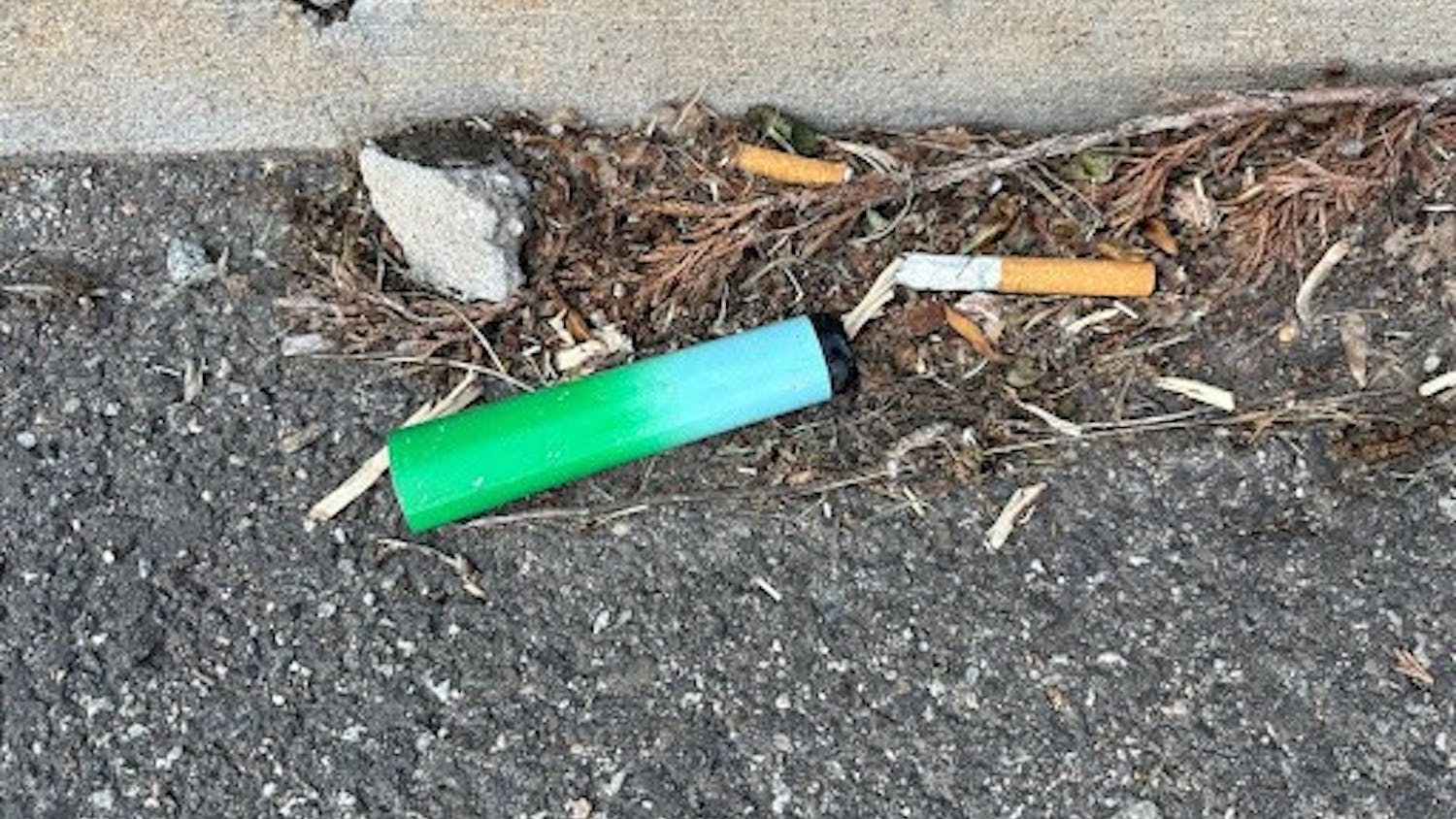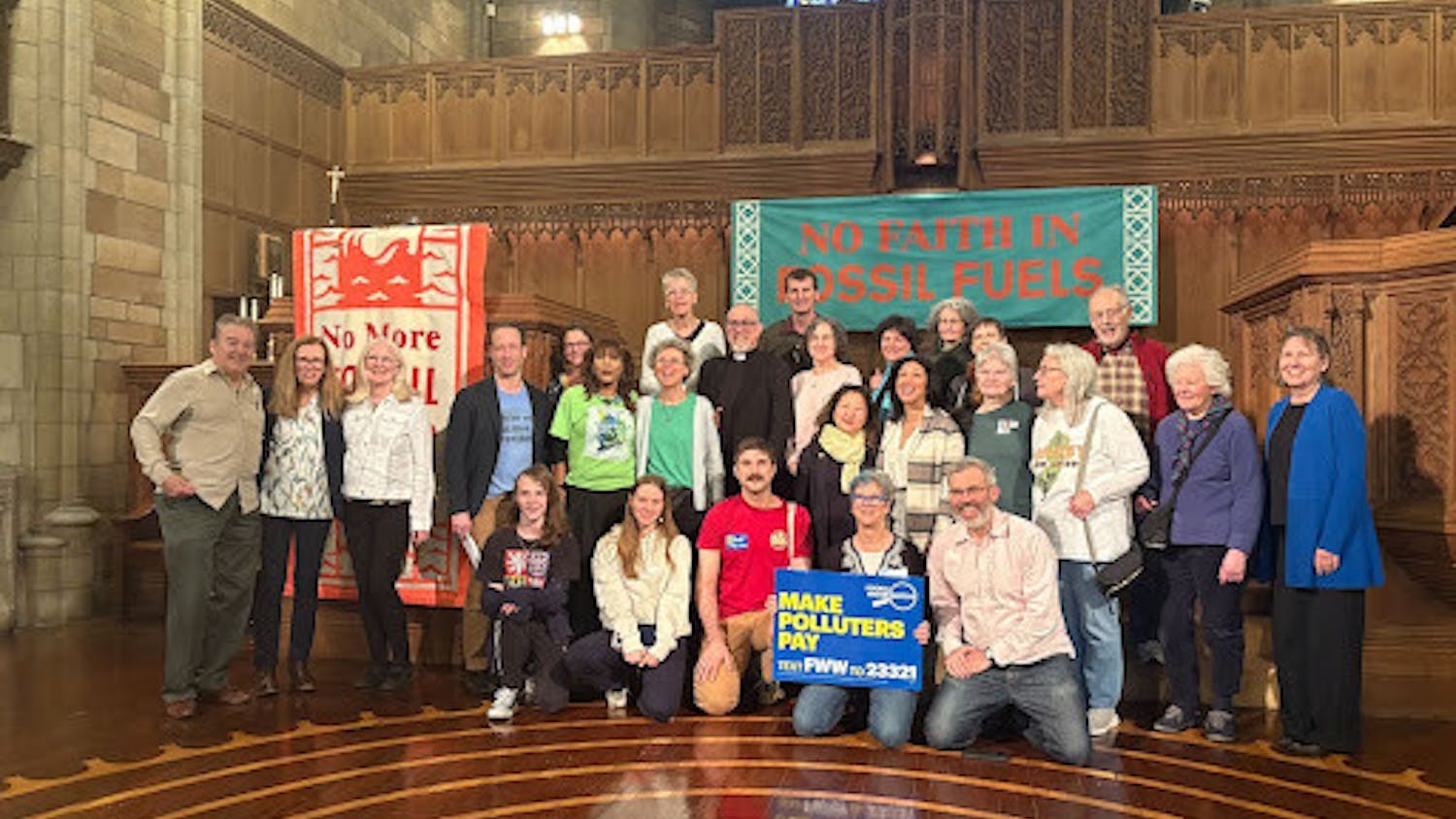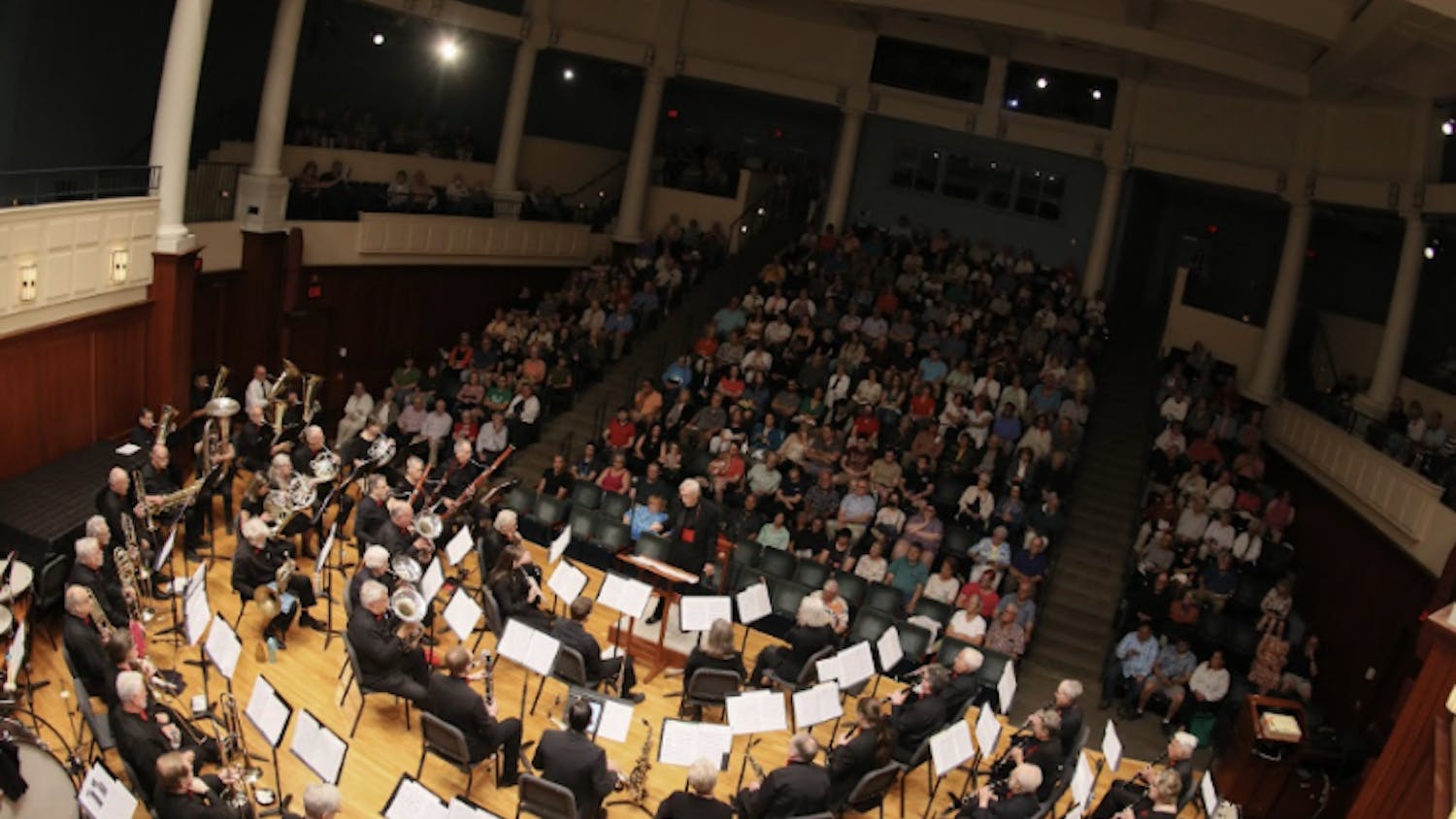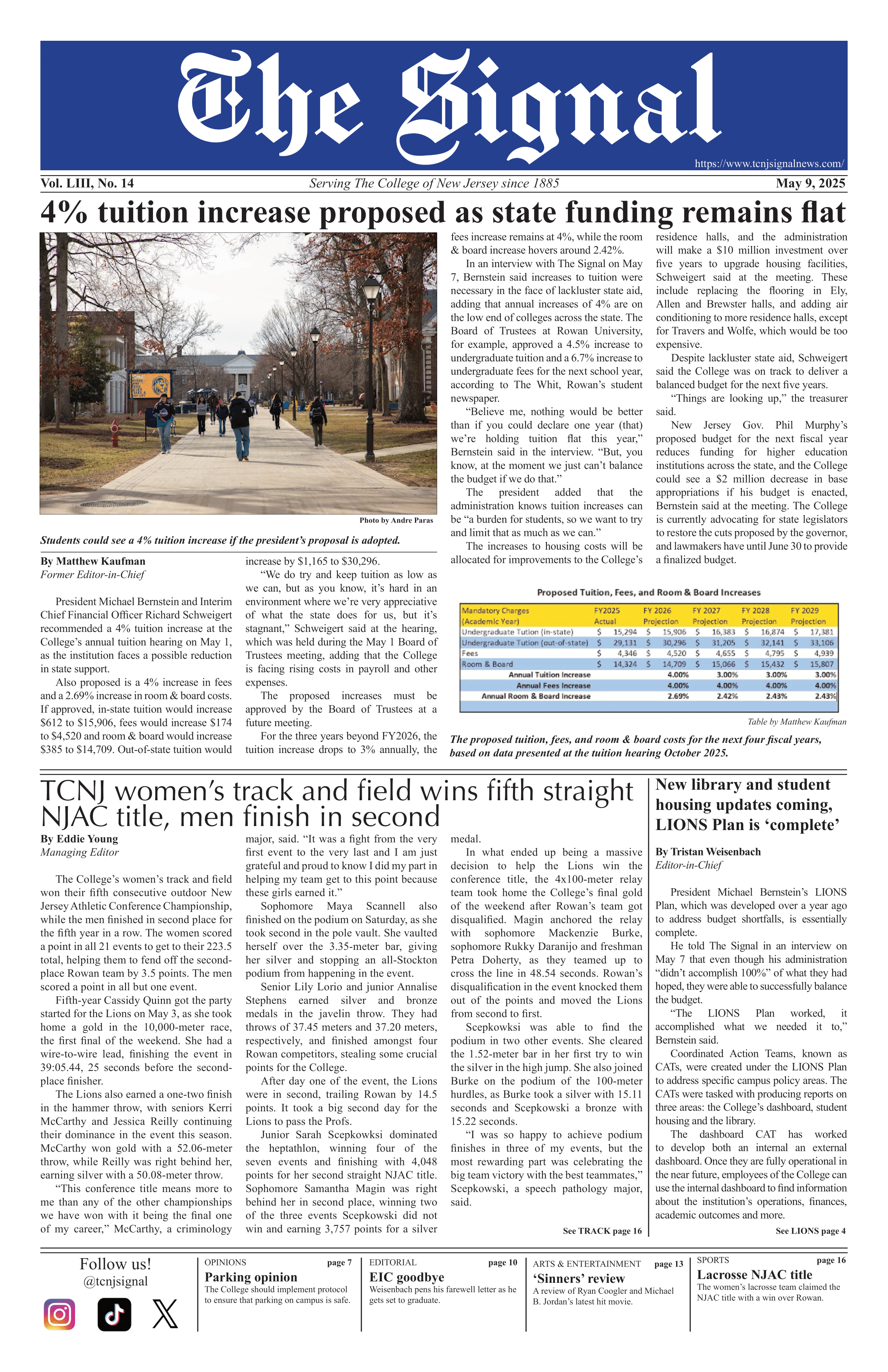By Elise Schoening
Features Editor
The arts and sciences are often considered mutually exclusive disciplines, but Rebecca Kamen, an artist in residence at the National Institute of Health, has found a way to appease her affinity for both.
On Wednesday, March 23, Kamen gave a lecture to students of the College in Mayo Concert Hall. The celebrated artist and scientist spoke about the intersection of the two fields and how her struggles with dyslexia have helped further her career by allowing her to see the world through a different perspective.
“What appeared to be a learning obstacle at a young age has turned into an incredible opportunity in terms of providing a new lens for seeing,” Kamen said. “It has empowered me to see new relationships in the world around me, which has informed and inspired my work as an artist.”
Kamen’s artwork has been displayed at art centers and universities across the nation. The majority of her art is rooted in the sciences, whether that is the mechanics of neurons or hidden patterns in the Periodic Table of Elements. Kamen says her interest in the sciences dates back to her younger days.
“As a child, I dreamt of being a scientist, but dyslexia, before that word came into existence, prevented me from pursuing a traditional scientific career path,” Kamen said.
While Kamen may not be a scientist in the traditional sense of the word, it is clear that her artwork represents a deep understanding and respect for the discipline. In fact, Kamen described science as a form of magic and said she uses art to depict the beauty of its many discoveries. Her ability to bridge the gap between the two fields and skillfully blend the two together sets her apart from her colleagues and the conventional scientist.
Kamen credits her profound fascination with the sciences to the many museum visits she took as a child. During one visit, she toured an exhibit where the human heart was transformed into a larger-than-life art piece that patrons were able to explore. Kamen said that seeing the heart as a form of architecture planted the seeds for her later career path traversing art and science.

In 2012, she spent several months interviewing neuroscientists and then transformed their scientific work into artwork for display. It is through such projects that Kamen has been able to bring scientific discoveries and wonders to those outside the community.
Kamen’s lecture focused little on her dyslexia, but she did describe the learning disability as a catalyst for seeing hidden patterns and the interconnections between diverse fields of study. She noted that scientific genius Albert Einstein is commonly believed to have been dyslexic. What the pair has in common is the ability to transcend the learning disability and find meaning in the seemingly mundane.
“Pattern is so significant to creating bridges between art and science,” Kamen said. “The ability to see patterns is not something that everyone can do, but it is something that many dyslexic people have this gift and ability to see.”






